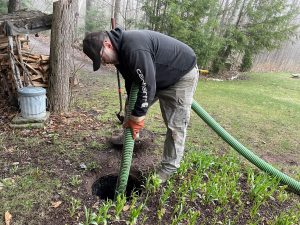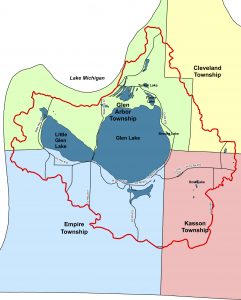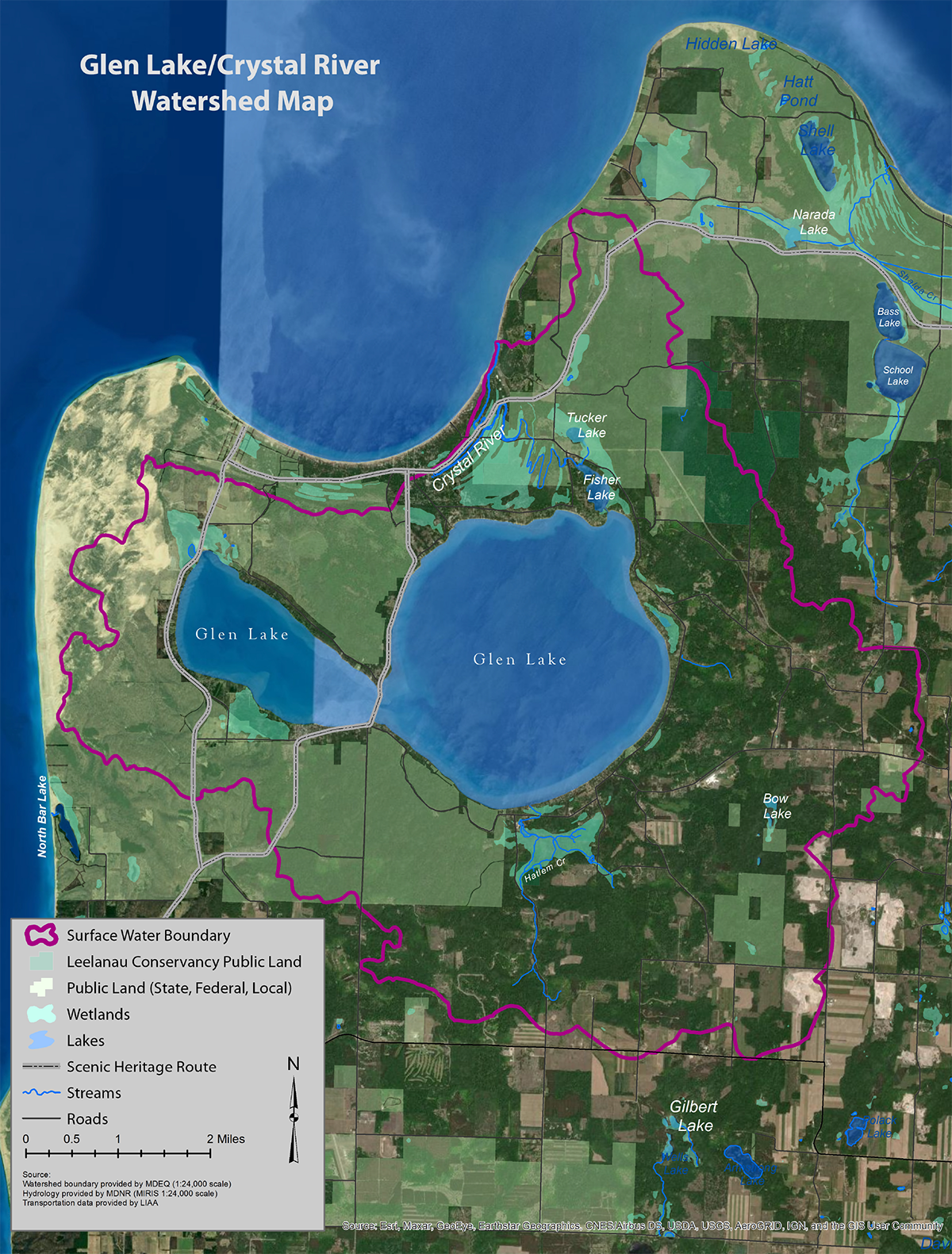Preserving and protecting our water resources takes multiple partners. One important partner in this watershed wide mission are our local governments. The Glen Lake-Crystal River Watershed boundary cuts across four different townships – Glen Arbor, Empire, Kasson, and Cleveland. If these four townships are true partners in the mission, they will carefully choose and then support the best tools for the job. Picking the right tools and being willing to use them is key to a successful mission.
Education is the primary tool for protecting water but what else can we do? According to the publication “Protecting Michigan’s Inland Lakes: A Toolkit for Local Governments”, Ordinances are another important tool that can help prevent and control water pollution, conserve natural beauty and open space, conserve shore cover, protect wetlands, protect fish spawning areas, protect buildings from flooding, and manage public access to the water.
One local ordinance related tool that has been in use for the past few years is mandatory time of transfer/point of sale well and septic inspection ordinances. We are fortunate to have Glen Arbor, Cleveland and now Empire and nearby Centerville townships all with TOT ordinances on the books with hope that Kasson will someday join the ranks.

Septic Inspection and regular maintennace are vital tools for protecting water quality and public health. Three of our four townships use Inspection ordinances to support this goal.

Overlay Districts represent another way that local governments can safeguard our water resources by defining a geographical area for which a zoning ordinance will apply. Most districts are made up of township boundaries, but water does not obey township or property boundaries. In this case, the district is made up of the watershed – the land surface that drains water into our lakes, streams, and wetlands.
In choosing the Overlay District zoning tool, a variety of carefully selected provisions are being proposed that offer the best protection for protecting water quality by supplementing the existing zoning. Each provision of the Overlay District is written in harmony with existing zoning and the master plan for each township and works to fill gaps in zoning between townships.
The key to the success of a watershed Overlay District is to have all four townships adopt the provisions in the proposed ordinance thereby promoting uniformity and consistency – all for the sake of clean water. We all desire clean water so adopting an Overlay District which compliments the septic ordinances make for two vital tools that will get the job done and allow for significant strides toward protecting the watershed into the future.
Learn more about the proposed Overlay District Here Overlay District | Glen Lake Association

Recent Comments